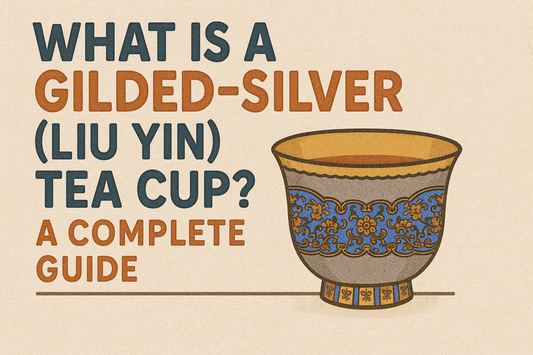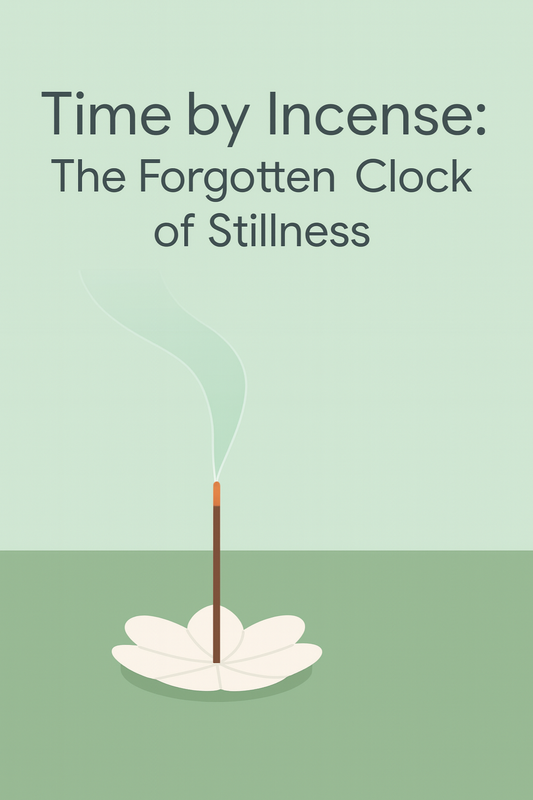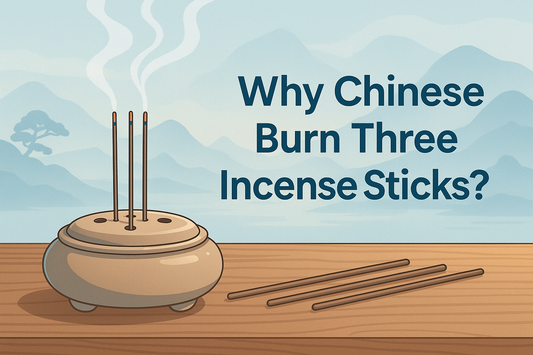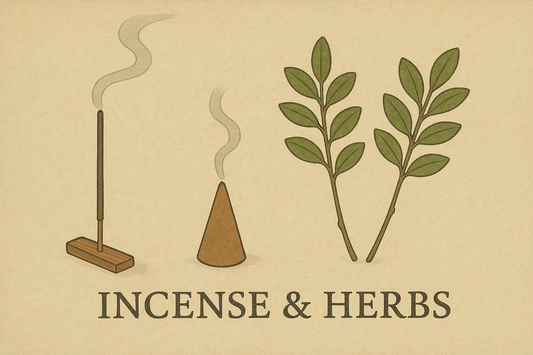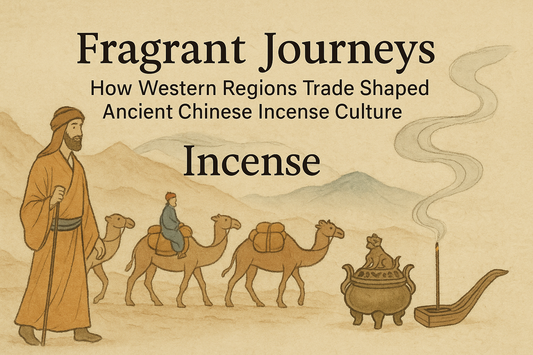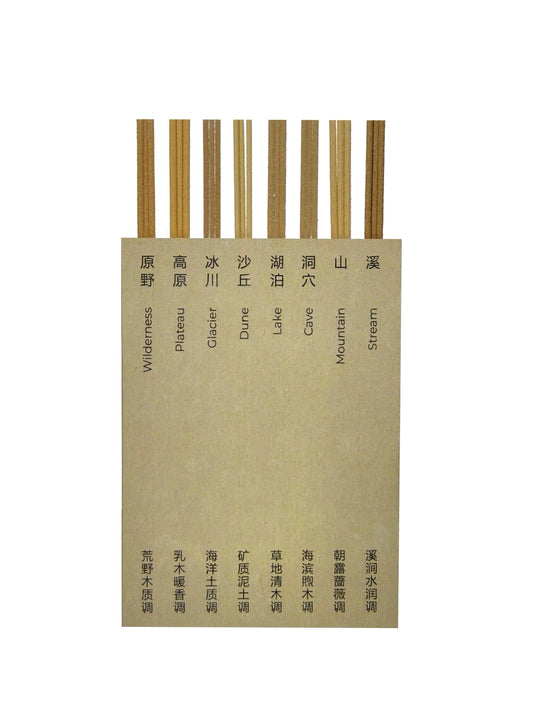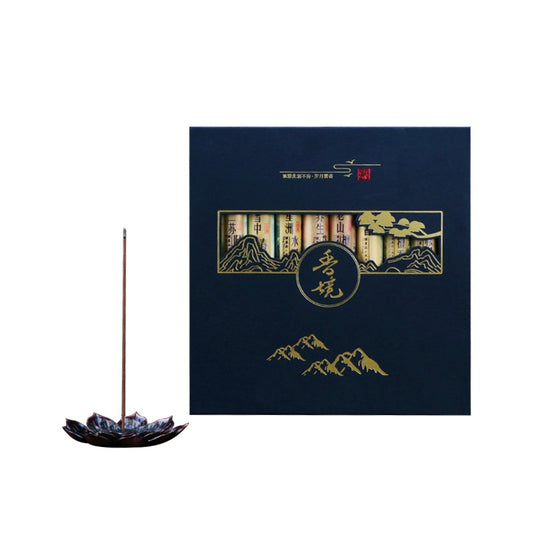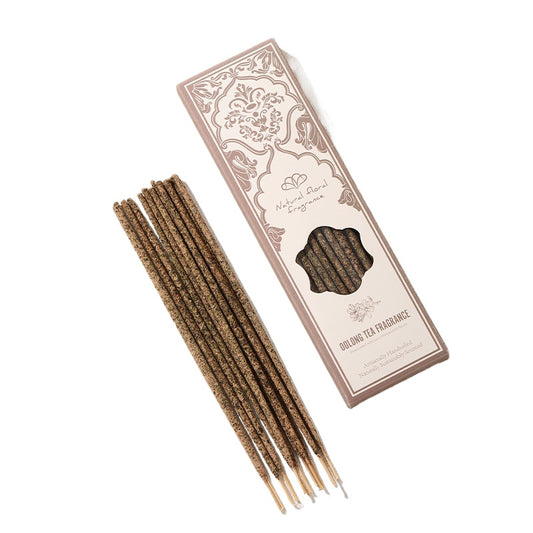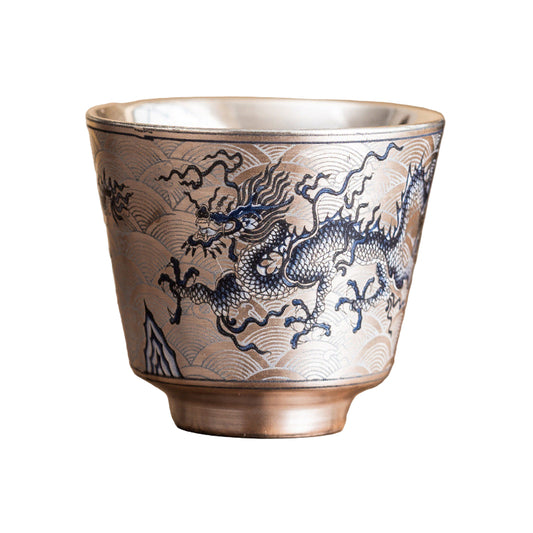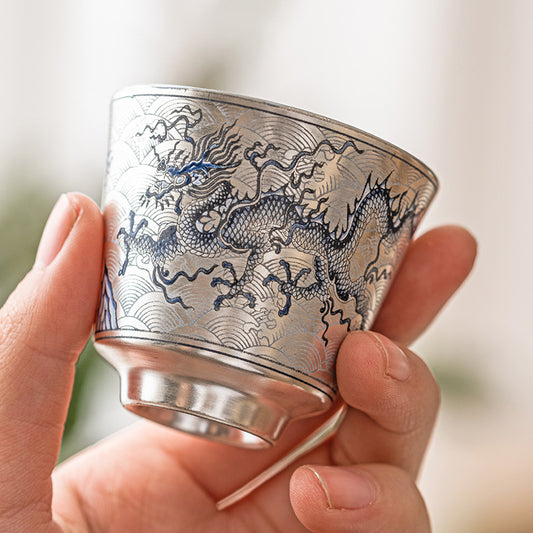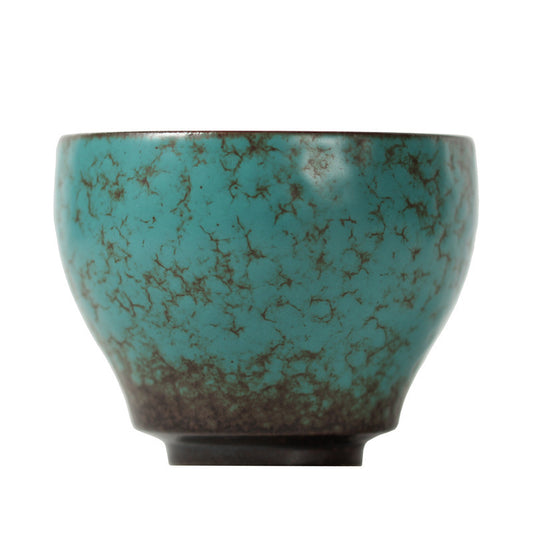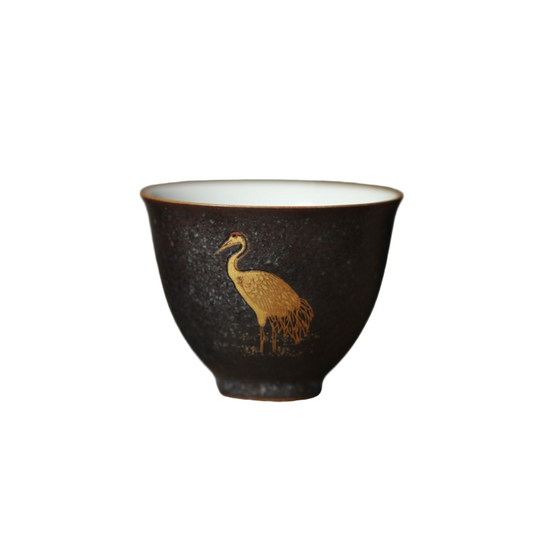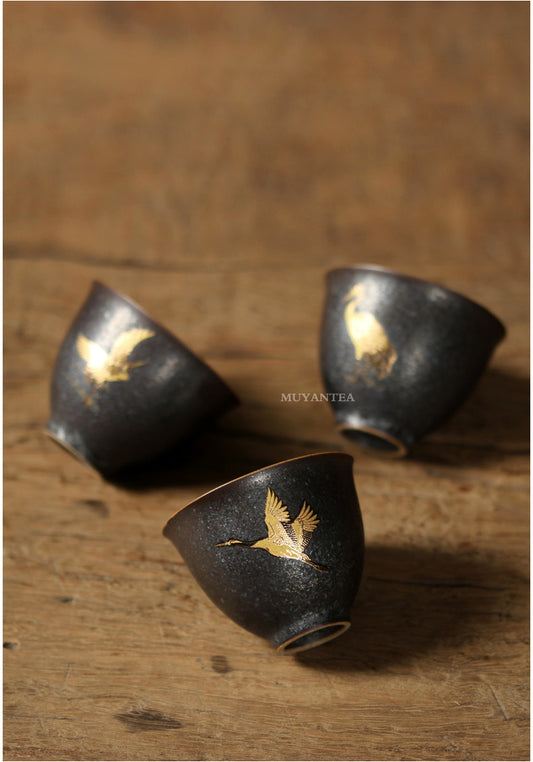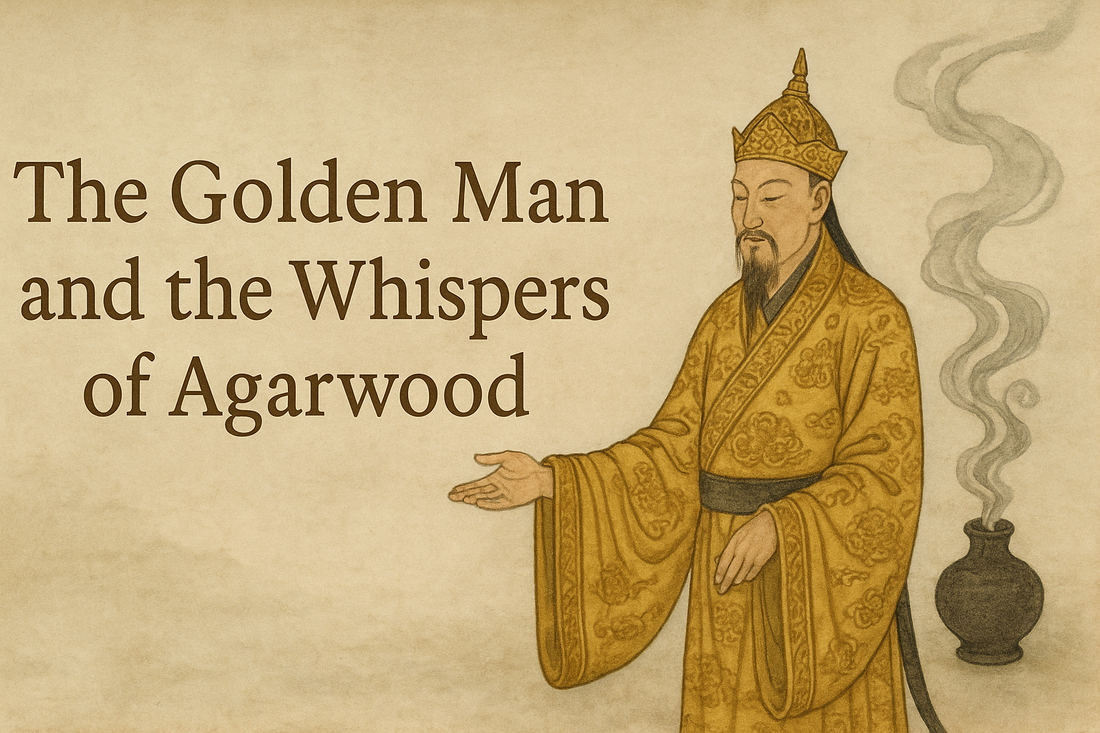
The Golden Man and the Whispers of Agarwood
The Golden Man and the Whispers of Agarwood: An Ancient Tale of Sacrifice - Ancient Chinese Incense History, Han Dynasty Rituals, Xiongnu Golden Man
An Ancient Tale of Sacrifice
Echoes from the Han Dynasty Archives: Tracing Early Incense Traditions ancient chinese incense, han dynasty rituals, early buddhist influence, historical incense documentation, Chinese Agarwood incense
In the vast tapestry of Chinese history, where myth and documented fact interweave like silk threads in an ancient loom, the story of agarwood's role in sacrificial traditions often emerges from the mists of antiquity. While the grand narratives of imperial rites are meticulously recorded, sometimes it's the smaller, more enigmatic tales that offer a unique window into the evolution of spiritual consciousness.
Picture, if you will, the imperial archives of the Han dynasty—vast halls lined with bamboo scrolls and silk manuscripts, where court historians meticulously recorded everything from astronomical observations to the most minute details of foreign tributes. The air would have been thick with the scent of ink and aged paper, punctuated occasionally by the distant sound of ceremonial bells echoing from the palace courtyards. It was in these very archives that a peculiar account would find its way into the annals of Chinese civilization, though few at the time could have predicted its profound implications.
The Han dynasty, at its zenith under Emperor Wu, was a civilization hungry for expansion and knowledge. Trade routes stretched like arteries across the known world, bringing not just silk and spices, but ideas, beliefs, and customs that would slowly seep into the Chinese consciousness. It was an age of cultural collision and fusion, where the boundaries between the familiar and the foreign were constantly being redrawn.
One such captivating account, though debated among historians, emerges from the Hanwu Gushi (《汉武故事》), a collection of anecdotes about Emperor Wu of Han. While often regarded as 'miscellaneous history' or even 'supernatural tales' rather than rigorous historical documentation, it provides us with a fascinating glimpse into the beliefs and customs of the time, and how the concept of incense burning might have quietly entered Chinese consciousness [1].
The Hanwu Gushi was compiled during a period when the boundaries between history and legend were far more fluid than our modern sensibilities might prefer. Yet it is precisely this fluidity that makes it so valuable—it captures not just what happened, but what people believed happened, and sometimes belief can be more powerful than fact in shaping the course of civilization.

The Golden Man and Incense Sacrifice: An Encounter Across Civilizations xiongnu golden man, han dynasty buddhism, incense in ancient rituals, emperor wu han dynasty
The tale unfolds during a pivotal moment in the reign of Emperor Wu of Han (156–87 BCE). This was an era of sweeping change, when the Han dynasty found itself locked in prolonged and arduous warfare with the nomadic Xiongnu confederation to the north. The sounds of battle—clashing weapons, thundering hooves, the collision of bronze and iron—formed the most intense symphony of that age.
To understand the significance of what was about to unfold, we must first transport ourselves to the harsh realities of ancient warfare. The Xiongnu were not merely another enemy to be conquered; they represented everything that the settled, agricultural Chinese civilization found both fascinating and terrifying about the nomadic way of life. These were people who lived under the vast dome of the sky, who worshipped gods that the Chinese had never heard of, and who practiced rituals that seemed to defy everything the Han court understood about proper religious observance.
In 121 BCE, during a spring destined to be etched in the annals of history, the Han general Huo Qubing—this military genius barely in his twenties—achieved a stunning victory in the Hexi Corridor. Huo Qubing was the kind of figure that legends are made of: young, brilliant, and seemingly blessed by the gods of war themselves. His campaigns against the Xiongnu had already made him a household name throughout the empire, but this particular victory would prove to be different from all the others.
The Hexi Corridor, that narrow strip of land between the Qilian Mountains and the Gobi Desert, had long been a contested territory. Control of this region meant control of the Silk Road, and with it, access to the wealth and wonders of the Western Regions. When Huo Qubing's forces finally broke through the Xiongnu defenses, it wasn't just a military victory—it was a cultural watershed moment.
This triumph not only shifted the balance of power between Han and Xiongnu but also forced two important Xiongnu leaders, Prince Hunxie (渾邪王) and Prince Xiutu (休屠王), to make the difficult decision to surrender. For these proud nomadic princes, surrender was not merely a military defeat—it was a complete upheaval of their world order. They would have to abandon their ancestral lands, their traditional way of life, and submit to the authority of an emperor they had spent their lives fighting against.
The procession that entered Chang'an, the Han capital, must have been a sight to behold. Imagine thousands of Xiongnu warriors, their faces weathered by years of life on the steppes, leading pack animals laden with the accumulated wealth of generations. There would have been horses—the prized steeds that the Chinese so coveted—along with furs, precious stones, and exotic weapons. But hidden among these more obvious treasures was something that would prove far more valuable than gold or silver.
Among the spoils brought back by Prince Hunxie was an extraordinary artifact: a 'golden man' (金人) [2]. This was not merely a golden ornament in the conventional sense, but a divine statue—a deity worshipped by the Xiutu tribe for generations. When Han court historians recorded this war trophy, they perhaps did not realize that this golden man represented not just a tribal belief, but the imminent arrival of an entirely new form of sacrificial practice on Chinese soil.
The golden man itself was likely small enough to be portable—nomadic peoples, by necessity, could not afford to carry large, unwieldy religious artifacts. Yet its size belied its significance. This was no mere decoration or symbol of wealth; it was the physical embodiment of a god, a sacred object that had been the focus of countless prayers and rituals across the vast expanses of the northern steppes.
According to the Hanwu Gushi, this golden man was the deity revered by the Xiutu tribe. What makes this account particularly intriguing is the description of their sacrificial rituals: "Their sacrifices did not use livestock, but only burned incense and bowed in worship" [1]. This detail was especially striking at the time, as traditional Chinese sacrifices primarily involved animal offerings—cattle, sheep, and pigs accompanied by bells and drums, bloody yet solemn.
To appreciate how revolutionary this was, we must understand the central role that animal sacrifice played in Chinese religious life. The elaborate rituals of the Zhou dynasty, which the Han had inherited and refined, were built around the concept of blood sacrifice. The idea was that the gods required sustenance, and the most precious gift humans could offer was life itself—the life of carefully selected animals, slaughtered according to precise ritual protocols.
But this deity from the depths of the grasslands demanded an entirely different form of worship: no blood, no slaughter, only wisps of rising incense smoke and devout prostration. This recorded form of sacrifice suggested a different religious custom, possibly originating from even more distant lands, that had quietly entered Chinese civilization's field of vision through the chance of warfare.
The implications of this difference cannot be overstated. Here was a form of worship that was both more refined and more accessible than traditional Chinese sacrifice. Anyone could burn incense; not everyone could afford to sacrifice a bull. Anyone could bow in prayer; not everyone had access to the elaborate ritual apparatus required for proper Zhou-style sacrifice.

The First Glimmer of Buddhism's Eastern Journey? early chinese buddhism, incense history china, cultural exchange han dynasty, buddhist incense traditions
Historians and scholars have long explored the deeper significance of this 'golden man' and its incense ritual. Many believe that although this anecdote comes from a relatively less authoritative historical source, it may hint at Buddhist elements quietly entering China in its early stages—perhaps even before official introduction through various channels [3].
The timing is crucial here. Buddhism had been flourishing in India for several centuries by the time of Emperor Wu, and the religion was already beginning to spread along the trade routes that connected the Indian subcontinent with Central Asia. It's entirely plausible that Buddhist ideas, practices, and artifacts had already begun to filter into the nomadic cultures of the northern steppes long before they reached the Chinese heartland.
Buddhism, originating in India, extensively used various incenses in its rituals—sandalwood, agarwood, borneol, and others. These fragrant vapors were seen as bridges connecting the human realm with the celestial sphere. The very act of burning incense was understood to be a form of offering that transcended the material world, carrying prayers and devotions upward on columns of aromatic smoke.
This 'golden man' itself, in the view of many scholars, was very likely an early image of the Buddha, or at least a deity influenced by Buddhism. The iconography of early Buddhist art was still fluid and adaptable, often incorporating local artistic traditions and religious symbols. A Buddhist statue created for nomadic peoples might well have looked quite different from the more familiar images we associate with later Chinese Buddhism.
The Silk Road was not just a trade route for goods; it was a highway for ideas. Buddhist monks, traveling merchants, and diplomatic envoys all served as carriers of religious and philosophical concepts. A single conversation around a campfire, a chance encounter at an oasis, or a brief stay in a border town could plant seeds that would eventually grow into major cultural transformations.
Although the Hanwu Gushi is not as authoritative as historical sources like the Shiji (《史記》) or Hanshu (《汉书》)—both of which mention the capture of the golden man but omit the incense details—its inclusion of incense burning in a non-traditional sacrificial context remains worthy of our contemplation. This suggests that by the time the Hanwu Gushi was compiled (possibly during the Wei-Jin period, several centuries after Emperor Wu), the association between incense and certain foreign, possibly Buddhist, religious customs had already become part of the cultural narrative of that time.
The fact that later, more authoritative sources omitted the incense detail is itself significant. It suggests that the compilers of these official histories either didn't consider the ritual details important enough to record, or perhaps they were already so familiar with incense burning that it seemed unremarkable. By the time the Shiji and Hanshu were written, incense might have already become so integrated into Chinese religious practice that its foreign origins were forgotten or deemed irrelevant.
This small story, shrouded in legend and historical ambiguity, serves as a poetic whisper from ancient times. It reminds us that the rich tapestry of Chinese culture is woven from countless threads—some indigenous, others introduced through centuries of exchange. The subtle fragrance of incense, initially perhaps a foreign custom, eventually became deeply embedded in Chinese spiritual life, evolving from a curious practice of a distant tribe into an indispensable part of Buddhist ceremonies, Taoist rituals, and daily life, symbolizing purity, devotion, and a bridge between the earthly and the divine.
When we light a stick of Agarwood Incense today, the curling smoke that rises carries not merely the woody fragrance, but serves as a witness to over two millennia of civilizational fusion—a continuation of the incense tradition that began with that distant golden man's legacy. In that simple act of lighting incense, we participate in a ritual that connects us not just to the divine, but to countless generations of seekers who found in fragrant smoke a pathway to transcendence.
The story of the golden man reminds us that history is not just about grand battles and imperial decrees, but about the quiet moments when cultures meet and merge, when a simple ritual practice crosses boundaries and takes root in new soil. It's a reminder that the most profound changes often happen not through conquest or coercion, but through the gentle influence of beauty, mystery, and the human longing for connection with something greater than ourselves.
Experience the Legacy of Ancient Incense Traditions
Discover how the ancient wisdom of premium Agarwood Incense crafted with the same reverence for tradition that has endured for millennia.
Explore Agarwood CollectionReferences
- 《汉武故事》 (Hanwu Gushi). Available at: https://zh.wikisource.org/wiki/%E6%BC%A2%E6%AD%A6%E6%95%85%E4%BA%8B
- 《史记·匈奴列传》 (Shiji: Records of the Grand Historian, Chapter on Xiongnu). Available at: https://zh.wikisource.org/wiki/%E5%8F%B2%E8%A8%98/%E5%8D%B7110
- 汤用彤. 《汉魏两晋南北朝佛教史》(增订本). Available at: https://m.zhangyue.com/readbook/11223068/13.html?p2=104507


